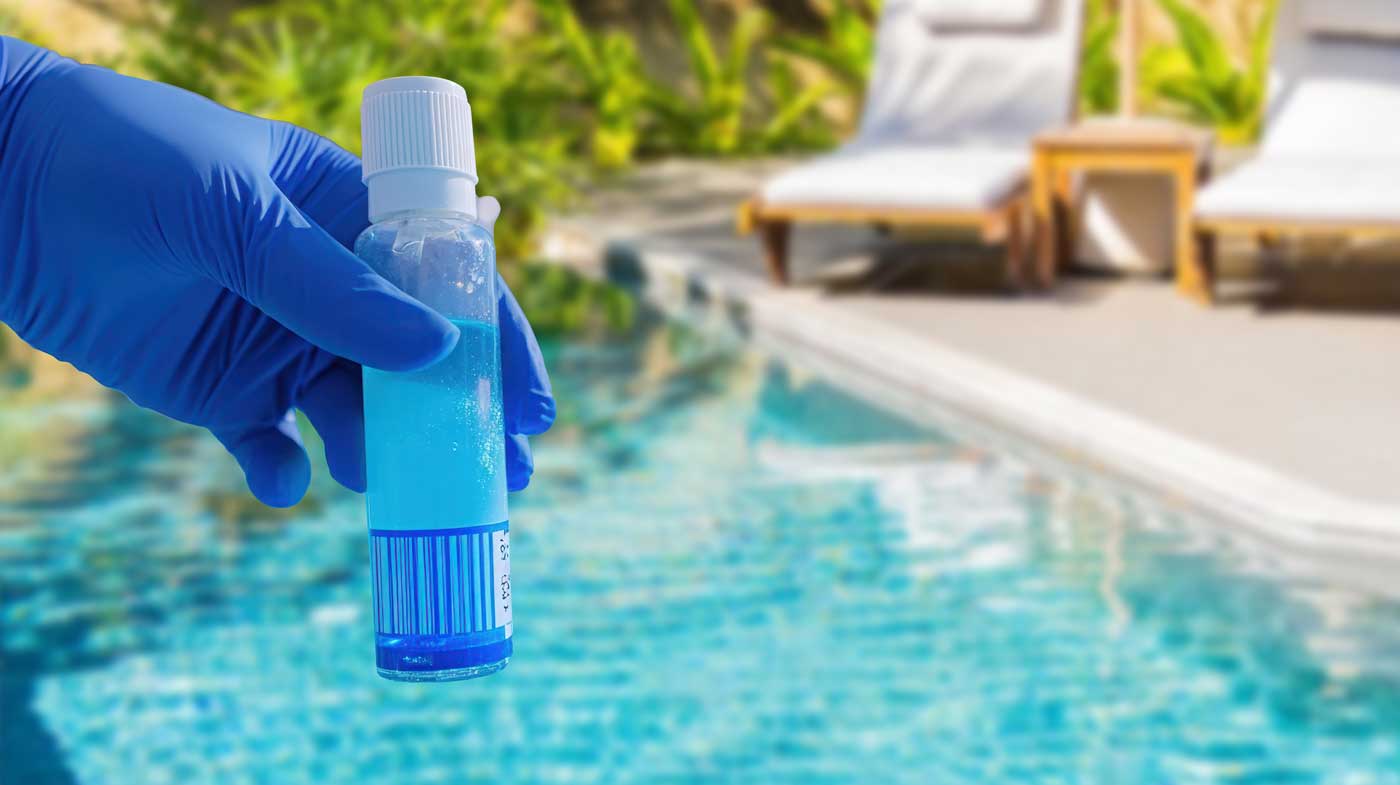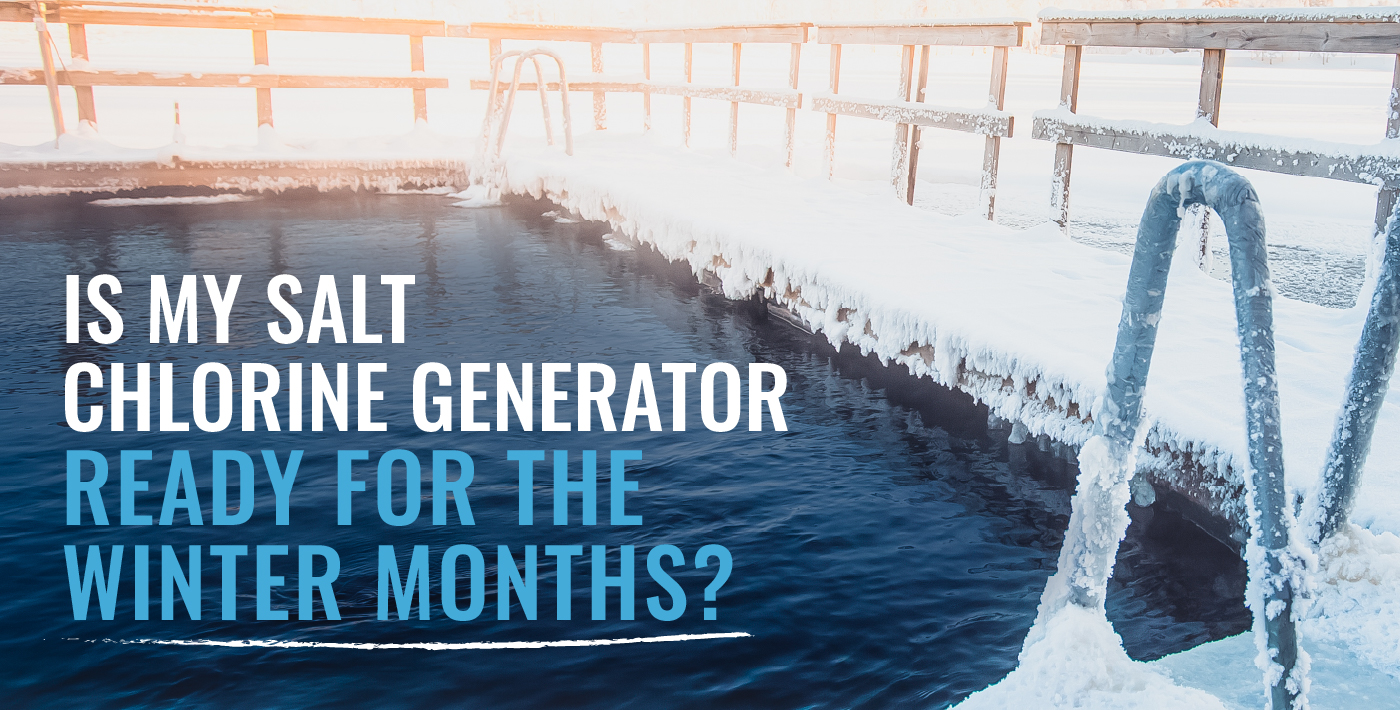Also, warranties can be voided if improper water chemistry is determined to be the reason…
If you are like many pool owners, you have learned how wonderfully effective salt chlorine generators (SCGs) are at keeping your pool water sparking clean all summer long. But what about after summer has passed—will your salt chlorine generator work as well in the winter months? To understand how your SCG will perform in cold weather, we need to understand a bit about how they work in general.
Salt Chlorine Generators (SCG) rely on the electrical conductivity of the water to pass the electrical current through the cell. Although water, itself, is conductive, the added salt increases the conductivity, as well as provides a resource in which to generate chlorine. In warmer months, the warmer water temperatures increase molecular activity and, indirectly, increase conductivity as well. Conversely, colder water temperatures decrease conductivity.
SCG power supplies are designed to automatically adjust the amperage and voltage supplied to the cell to compensate for salt levels, scale formation, aging cells, and water temperatures. As temperatures get warmer, the pool chlorine demand is greater and power levels will vary slightly to put a little more chlorine in the pool. However, the slight variation in power is just not enough to maintain proper chlorine levels. Most SCG systems still require the pool owner to increase manually the output level to avoid low chlorine levels and algae blooms.
As the water temperature starts getting colder, activity levels and chlorine demand decreases. Most systems require the pool owner to manually decrease the output levels as it gets colder to avoid over chlorination and potential equipment damage from high chlorine levels. Even with manual adjustments, most SCG systems will simply stop producing chlorine in colder temperatures, and the pool owner is left to manually add chlorine to their pool to maintain proper levels of chlorine. This will be especially true for colder climates where pools get winterized. With temperatures in the 60’s and 70’s, the SCG will continue to operate, but may show warning lights to indicate that the unit cannot compensate for the cold and is getting ready to shut down.
This is where AutoPilot excels blows the competition out of the water. AutoPilot has the industry’s only patented Automatic Temperature Compensation feature, which automatically adjusts the purifier percentage setting to compensate for changes in water temperature. This feature will adjust the purifier percentage setting, which determines the amount of time the cell is activated, and helps maintain proper chlorine levels throughout the year. As temperatures get colder, the AutoPilot system will not shut off, as other models do. Rather, the output percentage will simply decrease. While most systems shut down around 55- 60°F, AutoPilot will continue to work, automatically reducing its purification level down to 1% at 55°F. Even at these low temperatures, the unit will still introduce a minimal level of chlorine to maintain a residual amount in the pool.
The AutoPilot makes itself a welcome addition to your pool. Not only does it treat your pool water effectively, despite temperature changes, but it does so better than you could ever do by manually adjusting chlorine levels. This means less work for you, less potential for algae growth during summer, and effective purification down to brisk temperatures. Sounds like a win-win if we’ve ever heard of one.
Please leave any comments or questions you may have. We love hearing from you!



This Post Has 12 Comments